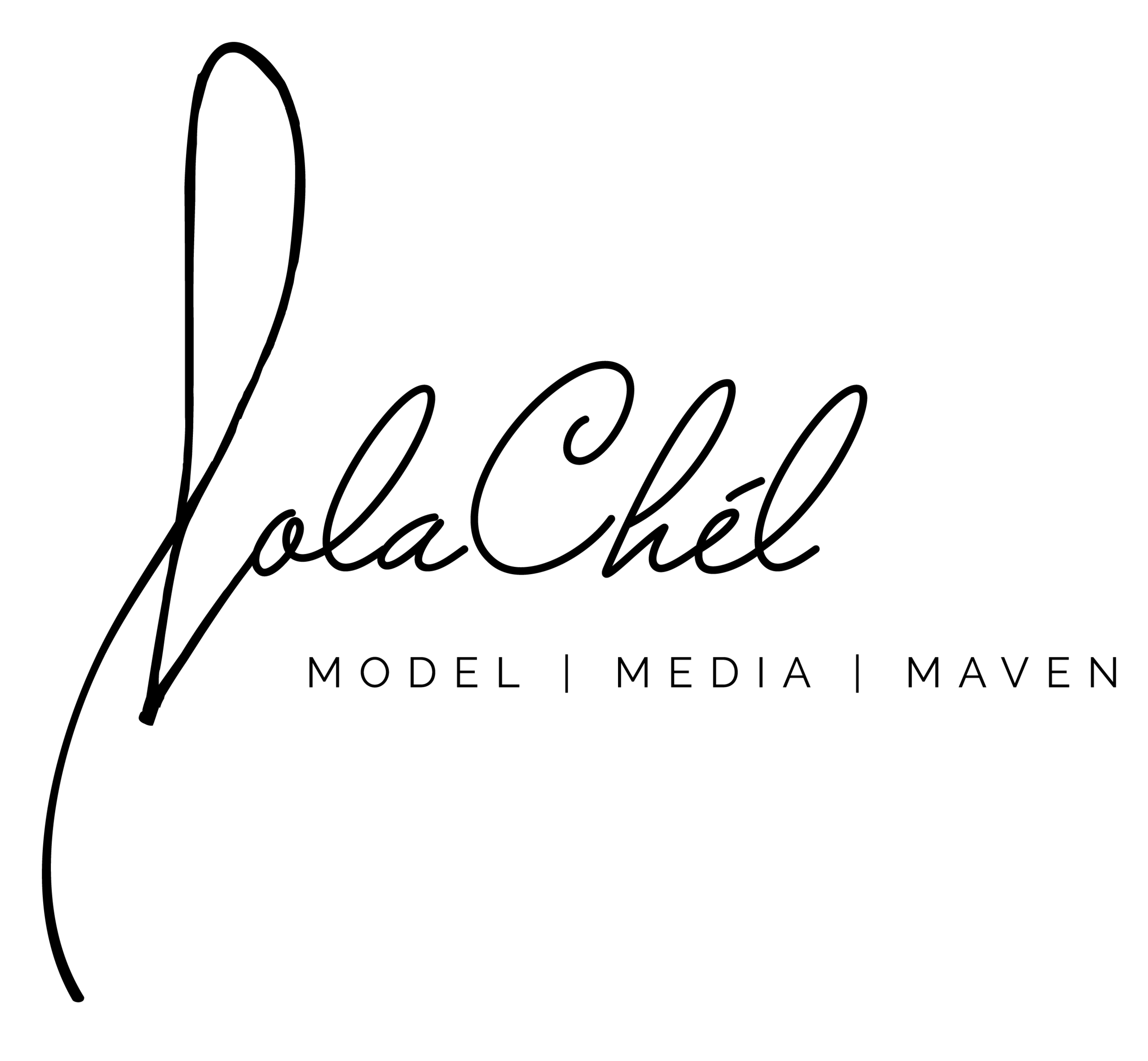#ModelMonday: 3 Reasons Plus-Sized / Brawn Male Models is Good News
Hey Loves!
How's your week starting off? What do you want to accomplish this week? Let me know in the comments below! This week we are going to show some love to our male models. I feel like there's a space for everyone in the modeling industry and male models often get the short end of the stick. For this reason, I'm dedicating this week's article from Vanessa Helmer to you. Enjoy!
If there were one word, to sum up the modeling industry of the last few years, “diversity” would be a front-runner. More than ever, the modeling industry is inclusive to all ages, races, and sizes of models as well as models with physical disabilities in a way it hasn’t been before, thanks to modeling agencies that scout all types of models. The public has asked for media to depict more than just sample size models in order to better represent the general public and those consuming the products models advertise.
While modeling is widely made up of female models, male models are making their mark in a whole new fashion, so to speak.
In the last few years, there has been an influx of plus-size or as we prefer to call it, “curvy” female models. 2016’s Sports Illustrated Swimsuit Edition featured all sizes of models for the first time (as well as a 56-year old bikini model; a first for the Swimsuit Edition!). This was cause for celebration by the public who could not get enough of the positive message this sent, and that, coupled with curvy models walking in New York Fashion Week has been a large stepping stone in the movement to see all female body types portrayed in the media.
In 2015, Zach Miko was dubbed the first-ever plus-size or brawn male model. Many people credit the rise of the brawn model to the "Dad Bod" hype of 2015: that is, celebrating male figures who were softer around the middle and less sculpted than say, a traditional superhero.
While he wasn’t technically the first model of his kind, Zach Miko was the first to be signed by a major modeling agency: IMG Models. Zach was part of a major fashion campaign for Target, and when he came on the scene, it sparked meaningful conversations about diversity in the modeling industry from both female and male models.
Male models like Lucky Blue Smith and David Gandy who have the traditional tall and svelte male model look are earning supermodel status and becoming household names. Zach Miko, who stands at 6’6” and has a 40-inch waist, is following suit and paving the path for male models of all sizes and establishing the fact that "normal size" can, in fact, mean a lot of different sizes. This is good news for a few reasons.
1. It Means More Modeling Jobs
Thanks to modeling agencies in support of body positive movements that scout male and female models of all shapes and sizes, as well as an increased demand for all body types to be represented in the media, there is more work for curvy and brawn models than ever before. Men and women who may have thought they would never have a chance to make it in the modeling industry have more chances than ever before.
2. It Sets a Positive Example
One of the best things about diversity of all kinds in modeling is the positive impact it has on younger generations. For kids to see people who look similar to themselves have a successful modeling career has a positive effect on their self-esteem and self-image. This does not mean that those models who fit current sample sizes should not be given just as much work as those of bigger sizes, rather, it calls for every size and shapes on the spectrum to be given equal exposure and opportunity.
The very fact that models have a title expressing their size in the first place calls for the need to normalize all sizes, which is why it is so beneficial that the fashion and modeling industries are moving in this direction.
3. Good News for Male Consumers
After curvy models began to appear in major fashion campaigns, clothing stores catering to all sizes boomed and popped up everywhere. In fact, in 2014, the United States had over 6,000 stores that catered to curvy women, and these stores accounted for 9 billion dollars in sales. On the other hand, the US has only approximately 1,000 stores catering to brawn men, and this accounted for only 1 billion dollars in sales. With brawn models like Zach Miko getting major fashion campaigns, there will be a greater demand for this clothing in stores.
This relates to a greater cycle of supply and demand, not only creating more jobs for male models but stimulating the economy as well.
